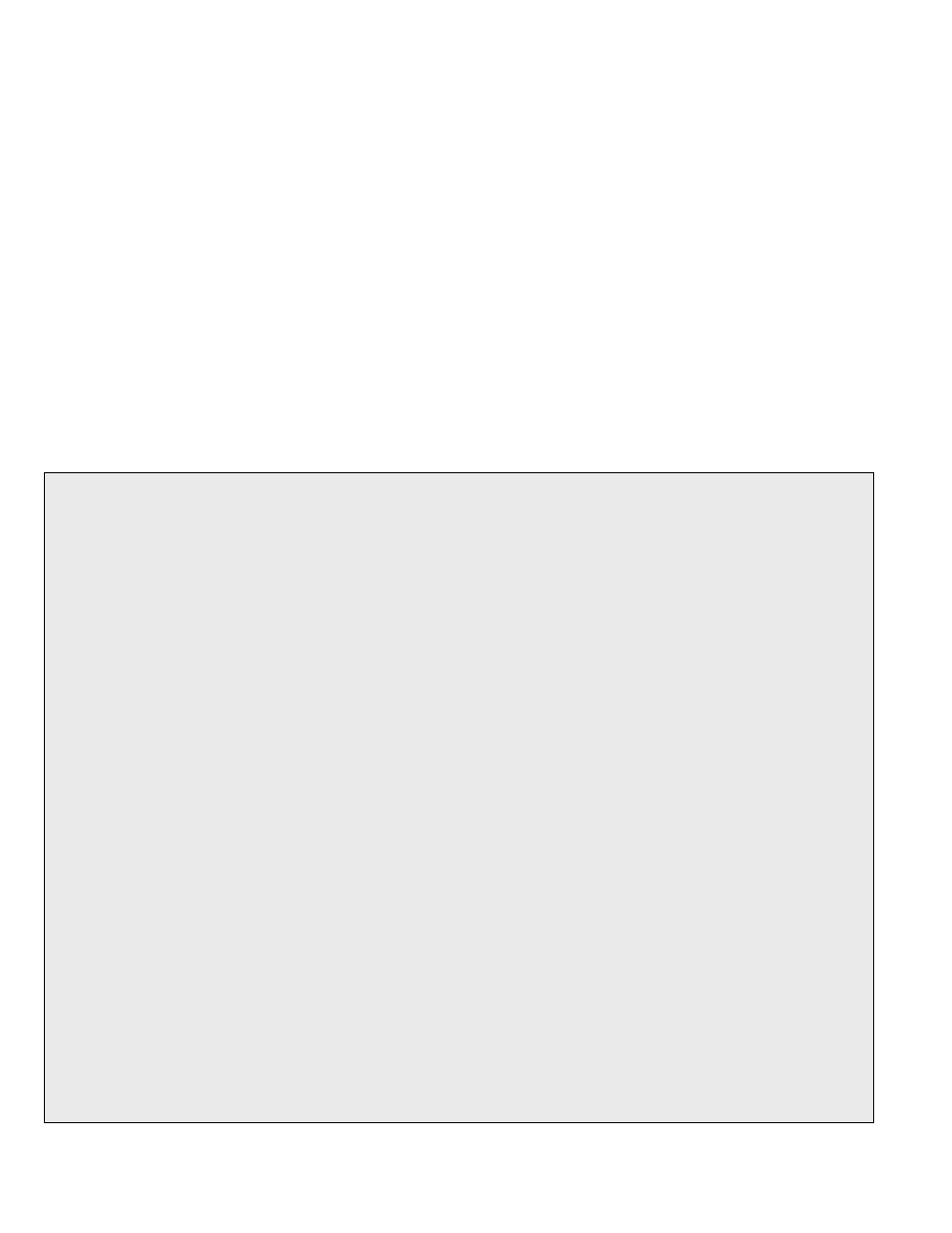Pilot valve design and function, Safety warnings – Groth 1400 User Manual
Page 4

3
PILOT VALVE DESIGN AND
FUNCTION
Each application must be reviewed to ensure
material compatibility of all metal and soft good
components with the service conditions. The
pallet assembly and wetted components are
available in Aluminum or 316 SS; they may be
upgraded to Alloy C276 or other alloys for
severe corrosive service. Diaphragms are all
FEP film; other soft goods can be specified as
Buna-N, FKM, or FFKM. The standard sense
tubing is 316 SS; it is available in PVDF for
severe corrosive chemicals.
The pilot valve is set at the factory to comply
with the specification on the purchase order.
The range of adjustment will depend on the
spring installed and will be stamped on the
nameplate. The pressure setting may be
changed within the design range either while on
line or in a service shop. Observe the proper
setting and testing procedure in the appropriate
pilot valve manual.
This manual is intended to provide
recommended procedures and practices for
installation, operation, and maintenance of the
Groth Series 1400 Pilot Operated Valve (POV)
Series. Any standard procedures and practices
developed for a specific plant or process may
supersede this manual. Although this manual
cannot cover all possible contingencies,
following these guidelines should provide safe,
reliable pilot valve performance.
Note: This manual covers the operation and
maintenance of only the main valve; refer to the
appropriate manual for the pilot valve
instructions.
SAFETY WARNINGS
This section is an overview of safety guidelines
that should be followed during the installation,
operation, and maintenance of your valve. To
understand the context of these instructions and
warnings, read and understand this complete
manual.
The purpose of a POV is to prevent excessive
pressure in a tank or process system. The valve
must be designed for the proper MAWP and flow
requirements of the system. Consult API
Standard 2000 for tank protection sizing
procedures. An improperly specified or
functioning relief valve may result in structural
damage to the tank or system.
In the event of an actuator diaphragm failure, the
valve will vent pressure to the atmosphere,
causing the pressure relief valve to fail in the
OPEN position. The valve will function like a
weight loaded valve under this condition with a
lower setting point, and will normally provide
rated flow capacity. Consult factory for any
questions related to this over-pressure condition.
POV relief pressure and blowdown are set at the
factory per purchase order specifications.
The set pressure and range of adjustability are
stamped on the pilot valve nameplate. DO NOT
attempt to readjust the set pressure beyond the
limit specified on the nameplate.
The pilot sense line is either 3/8" OD SS tubing,
or 1/2" NPT PVDF pipe. It must be kept open
and unobstructed to ensure that the pilot
"senses" actual tank pressure. For applications
where tank vapors may condense or
"polymerize" in the sense tube or pilot valve, a
nitrogen purge may be required to prevent
internal obstruction of the tube. Consult the
factory for recommendations.
DO NOT attempt to remove the pilot valve from
the main valve without removing or isolating the
relief valve from the system. ALTERNATIVE
MEANS OF PRESSURE RELIEF MUST BE
PROVIDED WHEN THE VALVE IS OUT OF
SERVICE. After isolating the relief valve, bleed
all pressure from both main and pilot valve
before removing the valve. Consult the pilot
valve manual before attempting to repair it. Both
the pilot valve and POV are exposed to process
vapors. Observe all plant procedures and
Material Safety Data Sheet recommendations
for the products in the system when inspecting,
adjusting or servicing the valves. Vents on the
body and spring bonnet of the pilot valve must
be clean and unobstructed for proper and safe
operation of the valve. These vents should be
inspected periodically, and cleaned or replaced,
if necessary.
